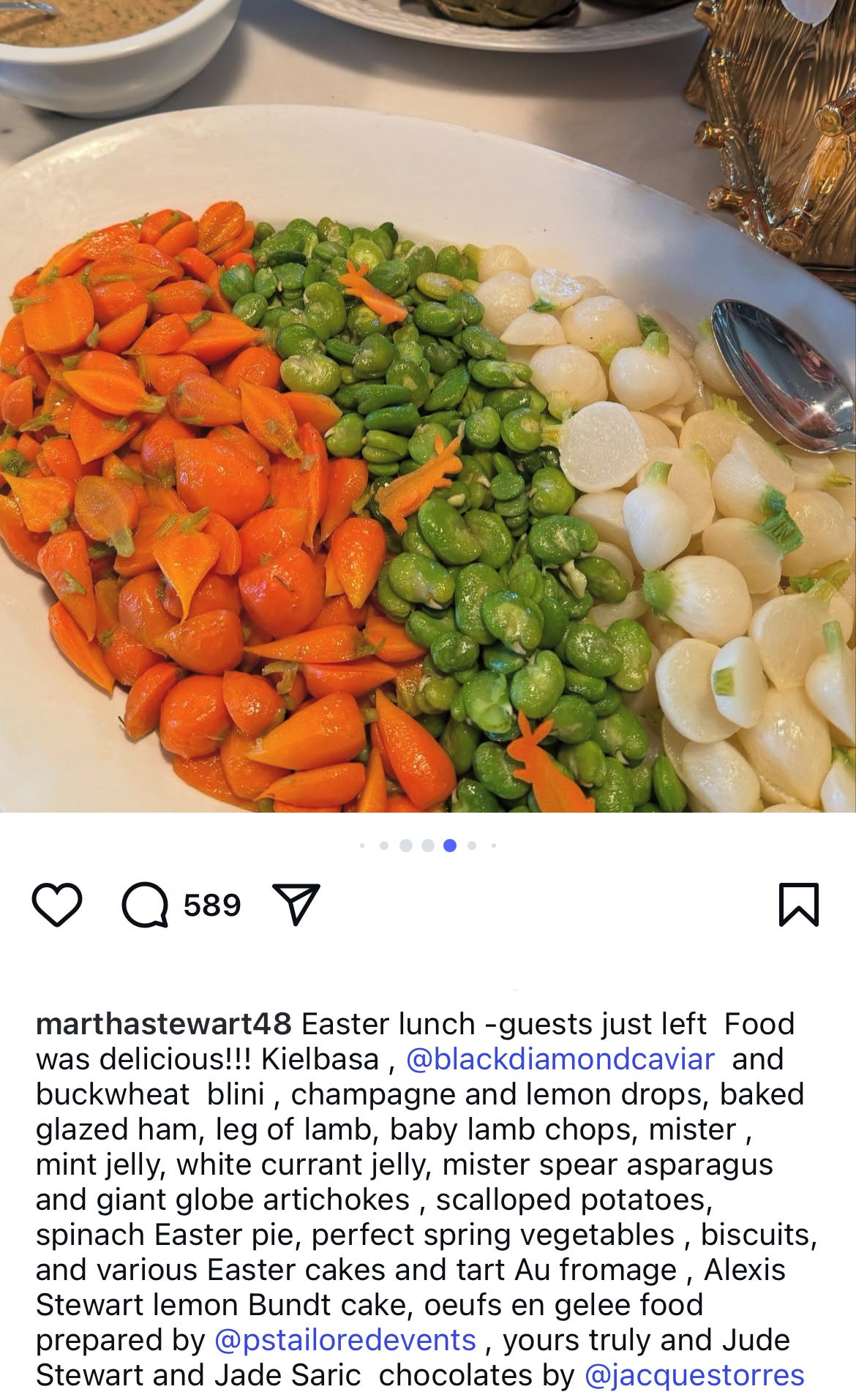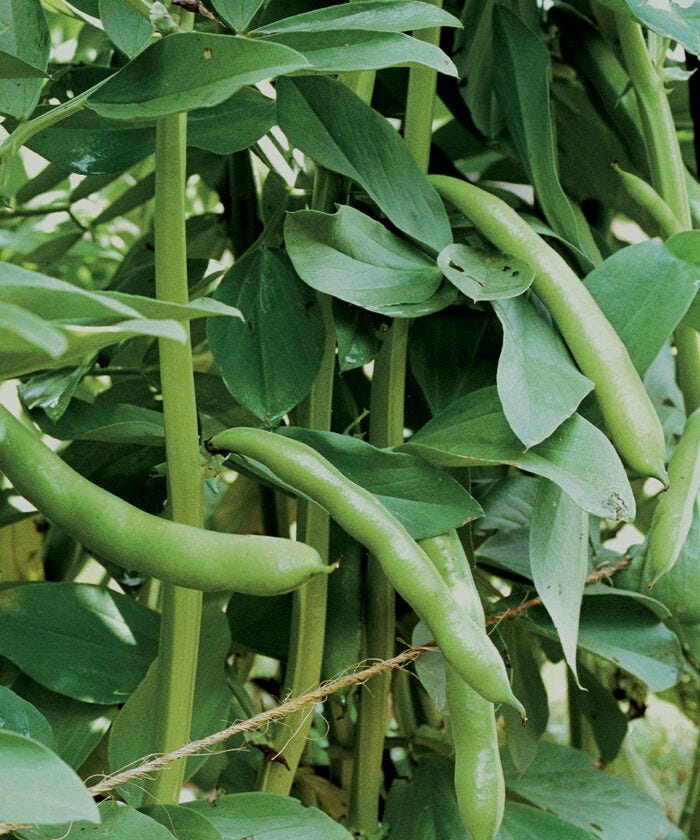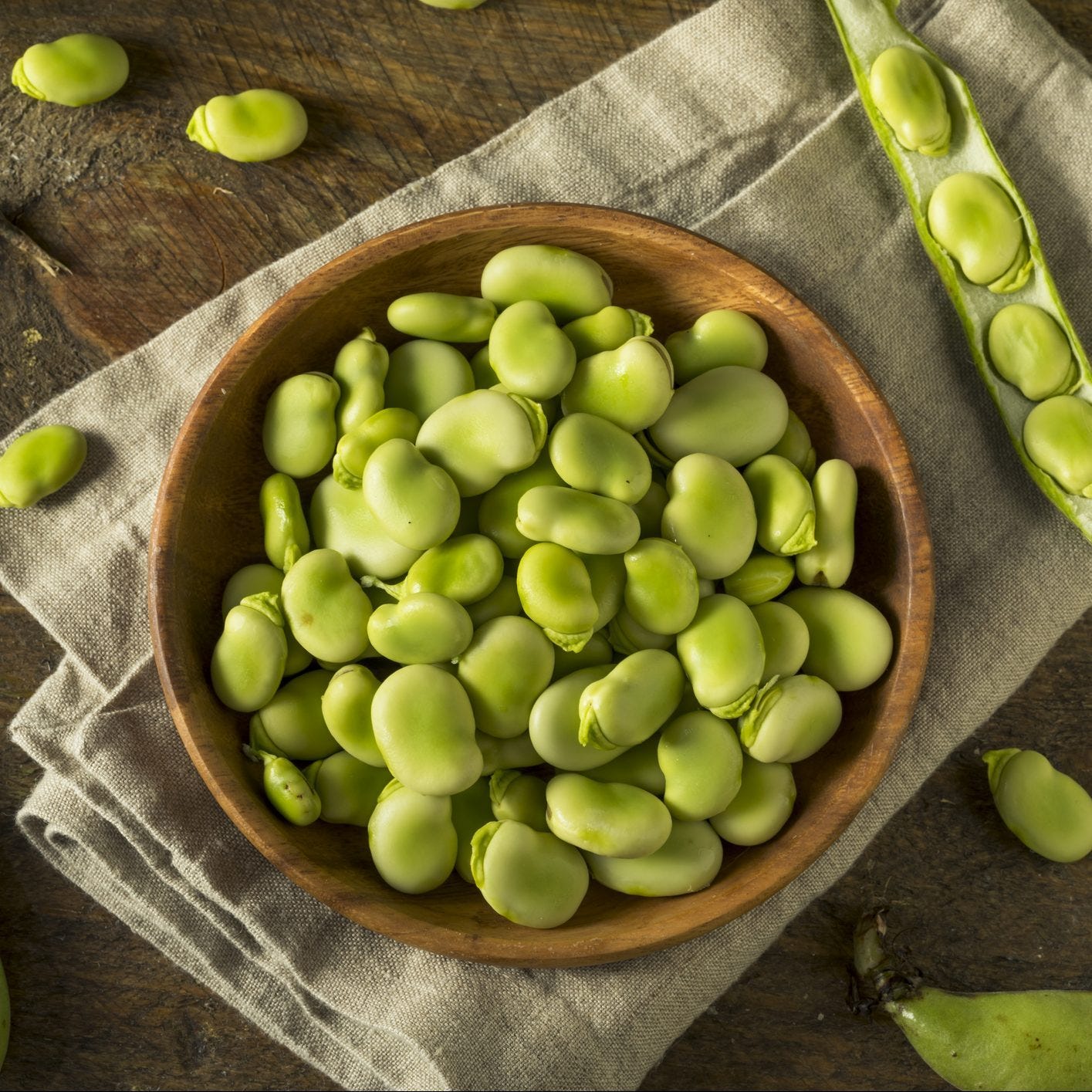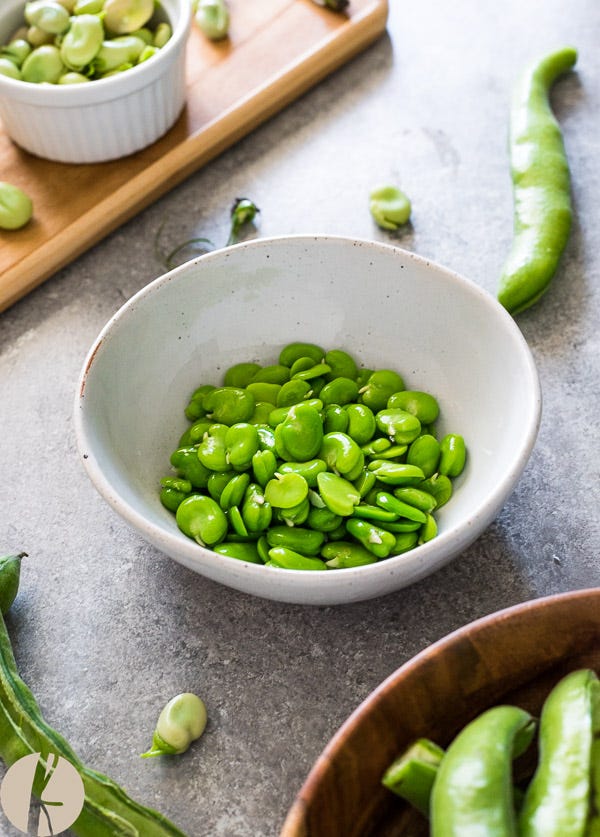New York right now is… special. Volatile, disgusting, frustrating, beautiful, miraculous, and perfect.
I love the few weeks in early April where we all take pictures of trees. Everyone is okay with it, everyone understands. There’s this unspoken pedestrian pass we all give each other to stop in the middle of the sidewalk, or dash out into the middle of the street to look at the blooms. One walk through a park, or even down a street, has my phone’s camera roll plastered with random angles of trees. We all do it because it’s miraculous. It is a miracle.
The city also becomes tied in community, more than normal, over something else in April. New York reaches a special type of end-of-winter hell on fucking earth. April temperatures at the beginning of the month dropped below freezing (although I shouldn’t complain too much because my parents woke up to 4 inches of snow that day). We’ve tasted a few days of warmer temperatures to wet our palette, only to be edged with no completion. Back to cold and grey. And as we all know, New York Summer is one of the most hard-hitting drugs on the planet, dripping with ecstasy with every buttery hot day. The drug feels so strong mostly because of the winter we all endure together; the payoff of summer is that much more intense when you’ve all been in the trenches together known as January-March. But our residence in said trenches was been extended extra long this year.
So we commiserate. Then open our phone to take a picture of a tree. Then go back to talking about how hellish the weather is. Then pose with the blooms.
This final trimester is almost over. The last few kicks of summer are slamming at our belly. Soon the baby comes! And, knock on wood, I think we’re in the delivery room now with the weather this week.
I have been cooking every day, for work or for pleasure. Mainly for work. The spring produce availability is making us (my coworkers and kitchen mates) feel renewed. It was a long winter of citrus and chicories and tubers. Our produce-starved grubby fingers are grabbing at white asparagus, morels, and peas. And I’m happy.
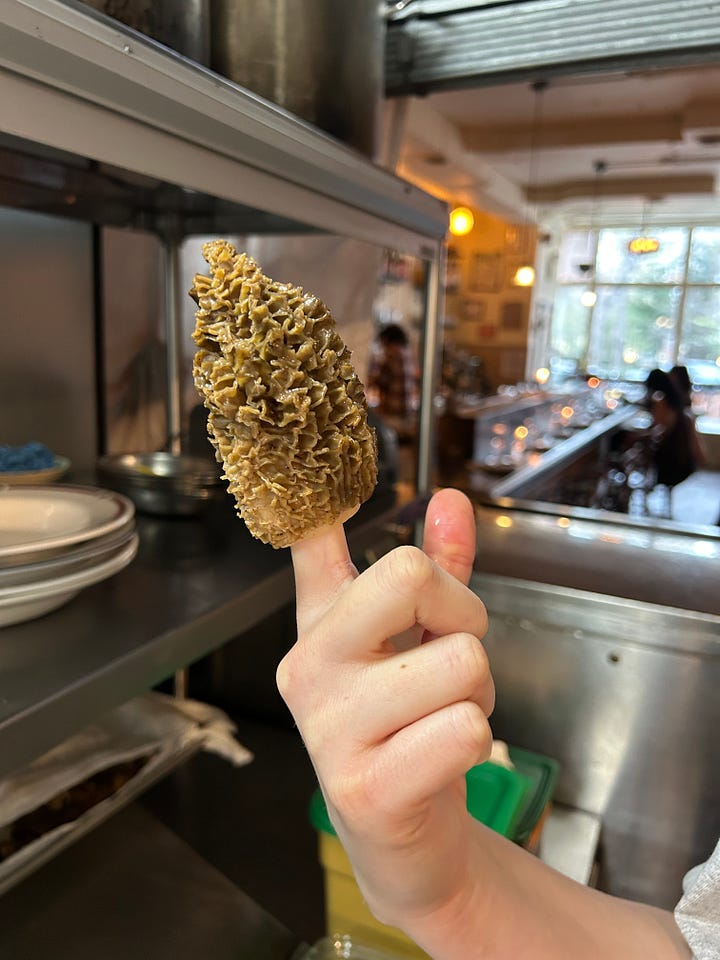
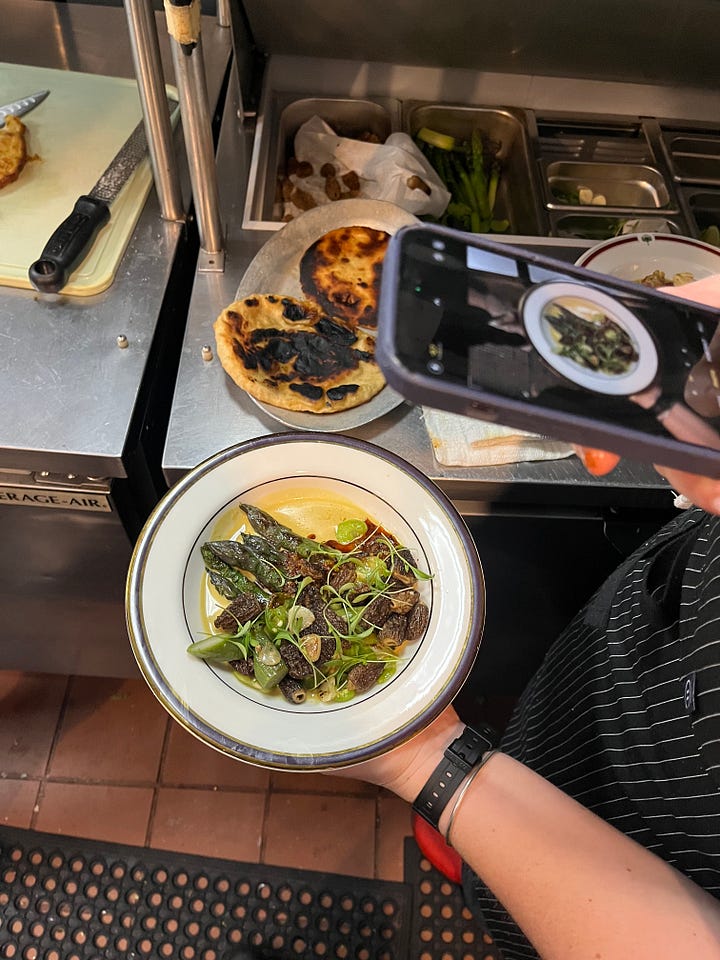
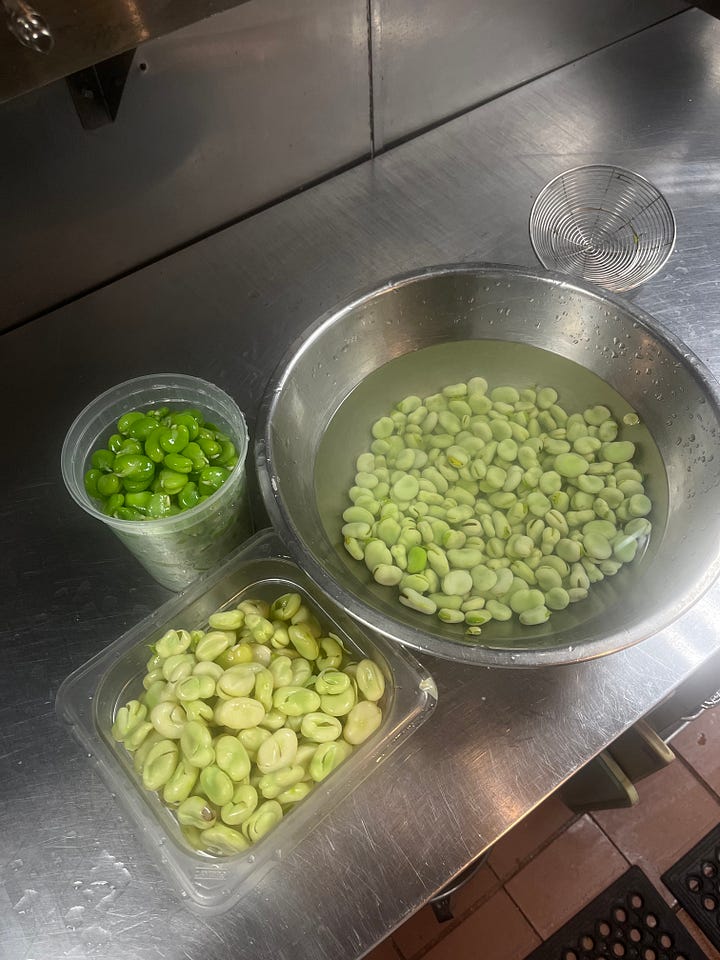
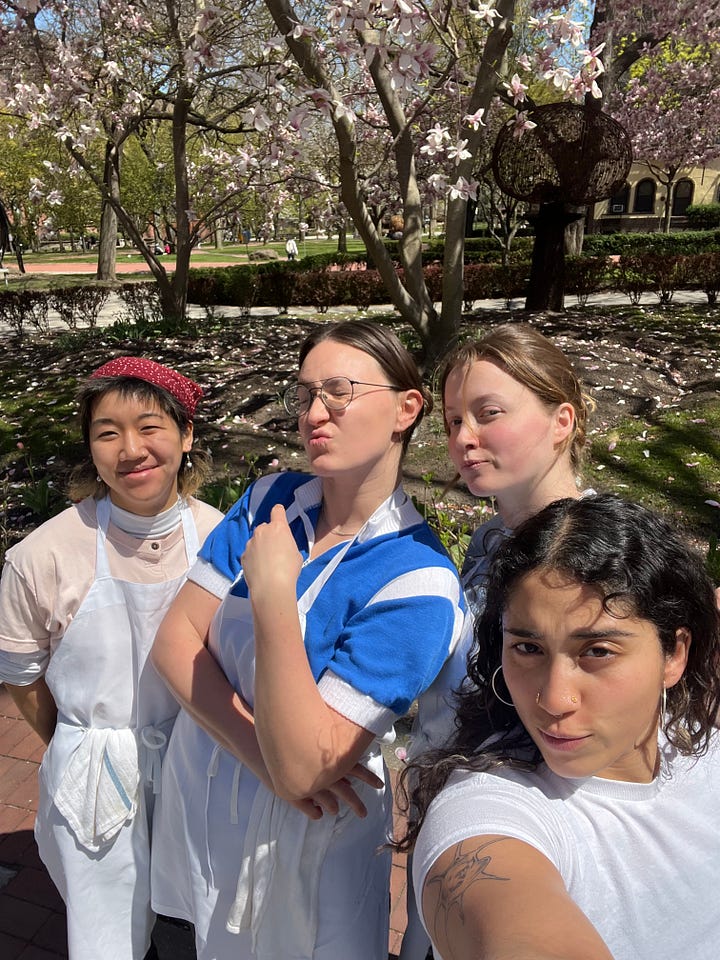
This picture of fava beans above made me think of this post by Martha regarding her Easter spread, a week or two ago (when was Easter? Recently right?). Slide 9 caught my eye:
I just want to give a little context to this plate, where the vegetables are not even mentioned by name, just “perfect spring vegetables”. Of course, the meat and the caviar and the pastry techniques and the whole spread are all just magnificent. But this unassuming tray of carrots, fava beans, and turnips really took my breath away. As I processed fava beans at work, I realized people may not understand the journey to get this small morsel of spring perfectness on a plate. Let alone the carrots pictured above, my god. Those are not specially bred carrots that are shaped like that, no. They are carved down, like you’re whittling away at wood, to uniformly pointed nubs.
But back to favas. They are beans, and grow on stalks (often against a pole) in casings. The shell of the bean is soft, almost fabric-like, and is not difficult to get into - just labor intensive. Each pod holds about ~4-6 beans each.
After you harvest the beans, they are encased in a tough, rubbery, inedible shell. To soften this shell, most people will boil the beans for a short amount of time, then shock them in cold water to stop the cooking process. This is called “blanching” - and is often used to bring out a richer, greener color in a vegetable. The heat causes the degradation of the plant’s cell membrane, leading to the initial release of enzymes that interact with chlorophyll. It’s a delicate window of time in which you can get this chlorophyl explosion, before the cells degrade too far and the drab color returns. If you have the desire for a culinary-nerdy-rabbit-hole, I suggest this article.
This initial blanch of fava beans is for softening the bean casing, not for color, but yet the process of Chlorophyl Explosion Color Wow Time happens whether you like it or not. So it’s all this delicate dance: blanching the beans so the casing softens, but not over-blanching so the color weakens (because, spoiler alert, you have to blanch fava beans again later).
Once you have the beans blanched, you can remove their shell casings and reveal the green pearl inside. It’s sort of like shelling any other bean at this point - annoying and tedious but not super hard.
The fava-induced tangent (supported by the hand-carved-carrot-and-turnip-induced tangent) is all to support my theory that all good culinary experts probably know: effortlessness is myth. A plate of simple, unassuming spring vegetables glistening in salty butter may seem like it just was tossed together. A side character that was an easy-get. Low-hanging fruit to throw on the table. But true masterminds will see the favas and know: a bitch put in work.




